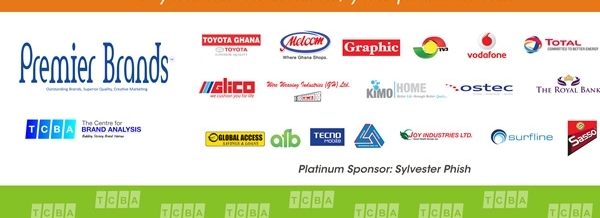
The greatest brands make life simple. Think Google, Amazon or even Dunkin’ Donuts. They cut through the clutter by delivering what consumers want, when they want it, without hassle.
By simplifying customer experience in a complex world, these brands win customer loyalty, which drives business results and creates value for shareholders.
For the past six years, Siegel+Gale has published its Global Brand Simplicity Index — a study based on a survey of thousands of consumers from around the globe — that ranks brands according to their perceived simplicity or complexity, and the overall simplicity rating of a brand’s industry.
This year’s index, derived from the responses of more than 12,000 consumers in eight countries, provides a definitive measure of which brands excel at providing simple experiences – and reveals rising brands that could threaten these incumbents.
It also confirms how simplicity can drive performance: A portfolio of the publicly traded companies in the global top 10 brands has beaten the average global stock index by 214 per cent since we first started conducting the study in 2009, and this year’s top 10 continues the trend.
Let’s look closely at the 2015 top 10 brands in the U.S. Each fulfils a consumer need quickly – sometimes instantaneously — and with minimal friction.
Google shouldn’t be a surprise and indeed it has been ranked in the top 10 for the past five years. Netflix gives instant access to a universe of entertainment with the click of a mouse, and Amazon and Zappos have perfected streamlined discovery, purchase and delivery. The grocery retailer, Publix, is consistently praised by customers and industry insiders for its convenience, superior store design, consistent quality, and customer-service orientation.
And this year’s fast food and fast casual dining brands excel at keeping the in-store experience simple, fast, and reliable in part by offering a narrow but satisfying menu. (Chipotle’s recent struggle with an E. coli outbreak came after the survey was completed.)
Brands like these benefit in many ways from their simplicity. In addition to strengthening customer loyalty, we find that simplicity reduces price sensitivity and drives positive word of mouth. Our 2015 survey found that 63 per cent of consumers are willing to pay more for a simpler experience, and 69 per cent are more likely to recommend a brand because it provides simpler experiences.
Threat of disrupters
While these top performers may seem to be secure in their positions, our survey sheds light on a set of simplicity-oriented brands we call “Disrupters”, newcomers gunning to overthrow the existing powers in their respective industries, or create completely new ones.
Disrupters are given simplicity scores but are not included in the regional rankings as they have not yet reached a comparable level of national awareness. These are the 2015 top 10 disrupters in the U.S.
Dollar Shave Club, the #1 ranked disrupter in the U.S., is in many ways a paragon of brand simplicity. With its delightfully clean branding, uncomplicated product, and reliable service, Dollar Shave Club has thrown down the gauntlet to Gillette and other established players.
In fact, were the disrupters included in the full rankings, the top 10 would look very different — only the top four incumbents would avoid being supplanted.
Disrupters serve as a reminder that even brands with the highest simplicity scores cannot stop innovating. These leading companies must maintain their commitment to simplicity, as disrupters in every industry are ready to take their place if given the opportunity.
Customer experience is the new battleground for loyalty. Years of findings in the Global Brand Simplicity Index demonstrate that when brands build cultures of simplicity, all parties benefit.
Employees have the clarity to innovate and deliver superior customer service, consumers have better brand experiences, and ultimately reward brands with their loyalty.
Growth is welcome and inevitable for any successful company—but complexity is an unavoidable side effect of growth. Companies must be on the lookout to simplify processes and create fresh and clear brand experiences.
A commitment to simplicity starts at the top. Senior management must be committed to implementing practices that encourage simplicity.
–
Source: HBR










